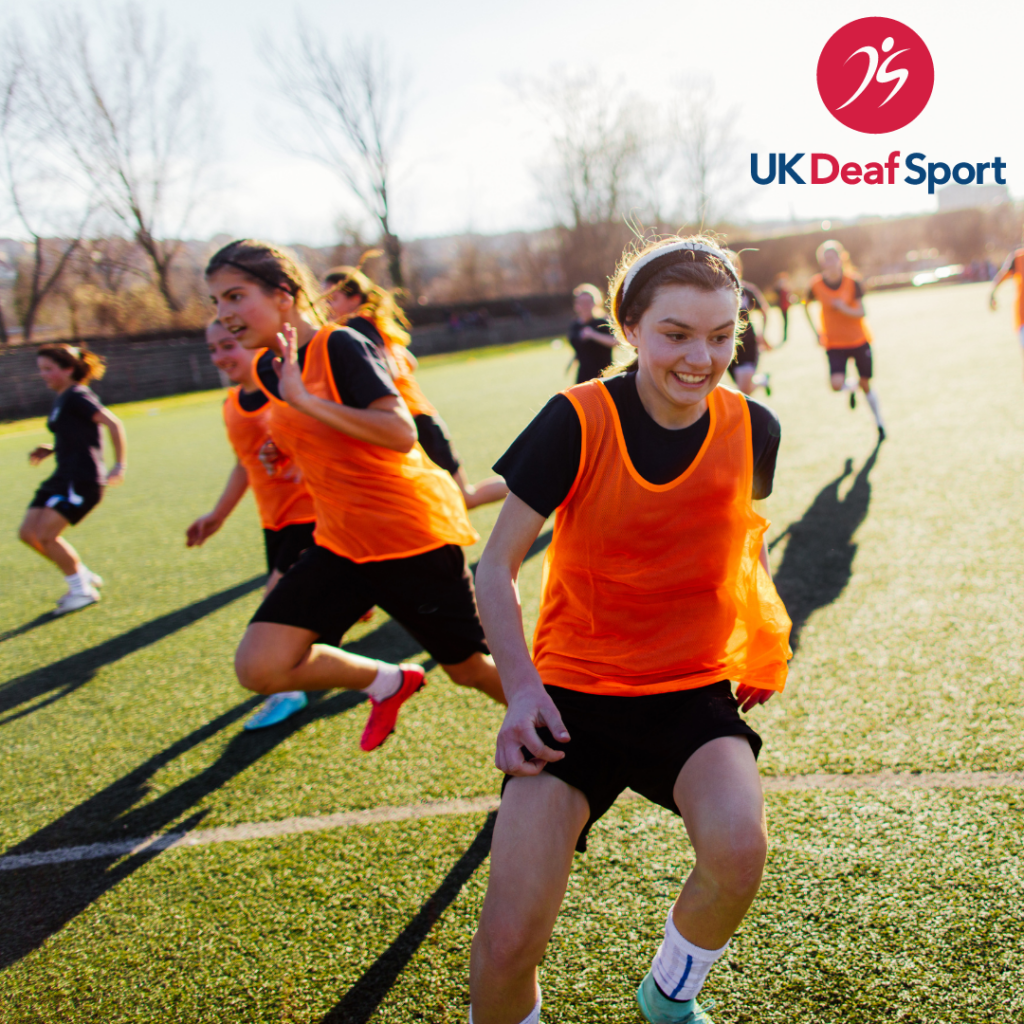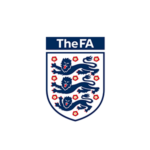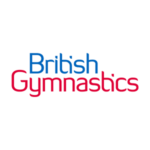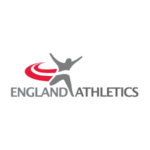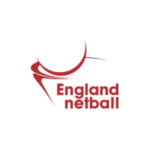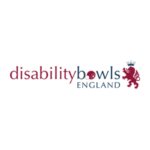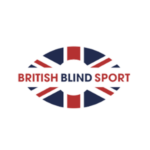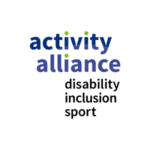UK Deaf Sport team up with Women in Sport to tackle activity barriers
Deaf teenage girls are at increased risk of dropping out of sport, facing additional barriers to hearing girls of the same age. A report by UK Deaf Sport, in partnership with charity Women in Sport, looked at the difficulties that some teenage girls face to taking part in sport. It discovered that whilst some deaf girls were able to overcome obstacles, others felt forced to quit, putting them at risk of long-term disengagement with sport. Exercise can help to prevent numerous issues that affect the lives of girls and women, from anxiety and self-harm during the teenage years to osteoporosis that can plague women in later life. Deaf women and girls do not escape these gendered health inequalities.
The barriers identified by 18 deaf teenage girls who currently enjoy sport included difficulty in finding appropriate activities outside of school, feeling intimidated about starting a new activity, feeling left out in a hearing environment, bias against deaf girls in sport and physical activity and a lack of communication support. These barriers leave many deaf girls feeling as though they don’t belong in sport.
“There were lots of communication barriers at my swimming club, so I stopped going. I won’t join any other clubs or activities unless I have an interpreter.” – Ellie, 14
“I’m the only girl in my boxing club. The boys wind me up for being a girl and for my deafness.” – Aasma, 13
There are over 51,000 deaf children in the UK, including over 17,000 secondary school-aged students. UK Deaf Sport and Women in Sport want to remove identified barriers so that deaf and hard of hearing girls can achieve their goals, whether that is taking part in grassroots sport, making their way to the Deaflympics or anything in between.
The research also offered recommendations on how the identified barriers to participation for deaf teenage girls could be eradicated. UK Deaf Sport has begun to address these through the following:
Deaf People’s Inclusion in Sport Online Training
In collaboration with Accelerate Sport and eCoach, UK Deaf Sport have created a new Deaf People’s Inclusion in Sport eLearning course designed to help coaches and volunteers understand the barriers faced by deaf people to be active and how they can break down these barriers in their sessions.
This course is currently being used by National Governing Bodies of Sport, local sports clubs and other partners and is available for coaches and volunteers of any sport and can be accessed here.
Signposting girls to appropriate activities
UK Deaf Sport is implementing a new activity finder over the summer so the deaf community can search for ways to be active either by activity or their geographical location including in their local community.
Promoting elite role models to teenage girls but not neglecting role models closer to home
UK Deaf Sport is currently developing a new Marketing and Communications Strategy to raise awareness of elite and grassroots deaf sport, deaf athlete role models, the Deaflympics and other European and World Deaf Championships. We will continue to proactively celebrate the achievements of deaf female athletes through our social media channels and those of our partners and inspire every deaf person to be active.
Joanne Cholerton, UK Deaf Sport CEO said “Being physically active is positively associated with a variety of physical, mental and social health outcomes and research highlights that physically active children are more likely to be active and healthy adults. This research shows the barriers that deaf or hard of hearing teenage girls experience when taking part, or trying to take part, in sport and physical activity. UK Deaf Sport will continue to work on removing not only these barriers for deaf and hard of hearing teenage girls, but the barriers that prevent all of the deaf community from taking part in sport and physical activity and achieving their goals”.
Stephanie Hilborne OBE, CEO of Women in Sport said: “All teenage girls are at risk of dropping out of sport but girls who are deaf and hard of hearing experience additional barriers to participation. It is distressing that even deaf girls who love sport report feeling isolated and sidelined because of communication difficulties and a lack of suitable opportunities for them. No girl should be excluded from the joy and life-long benefits of sport, and we must ensure they are not being pushed out.
“Sport can give girls resilience, self-esteem, confidence and leadership skills, which are vital for success both on and off the field of play. It is fantastic that UK Deaf Sport are providing support and opportunities to deaf teenage girls to ensure they can pursue their athletic aspirations without limitations.”
NOTES FOR EDITORS
ABOUT UK DEAF SPORT
UK Deaf Sport is a National Disability Sport Organisation and the national governing body for deaf sport across the UK. Our vision is every deaf person active and inspired by sport and physical activity with a mission to lead opportunities for more deaf people to participate in sport throughout their lives and more deaf athletes to perform on the world stage.
ABOUT WOMEN IN SPORT:
Women in Sport was founded in 1984 and its vision is that no-one is excluded from the joy, fulfilment and lifelong benefits of sport and exercise. Recognising that gender stereotypes and institutional bias are holding women back in life and in sport, the charity’s purpose is to give every woman and girl the opportunity to take part and inspire her to do so.
The charity has a track record of success in securing change based on its deep understanding of the needs and aspirations of women and girls at each life stage and its determination to break down stubborn gender inequalities through its work within the sports sector and beyond.

